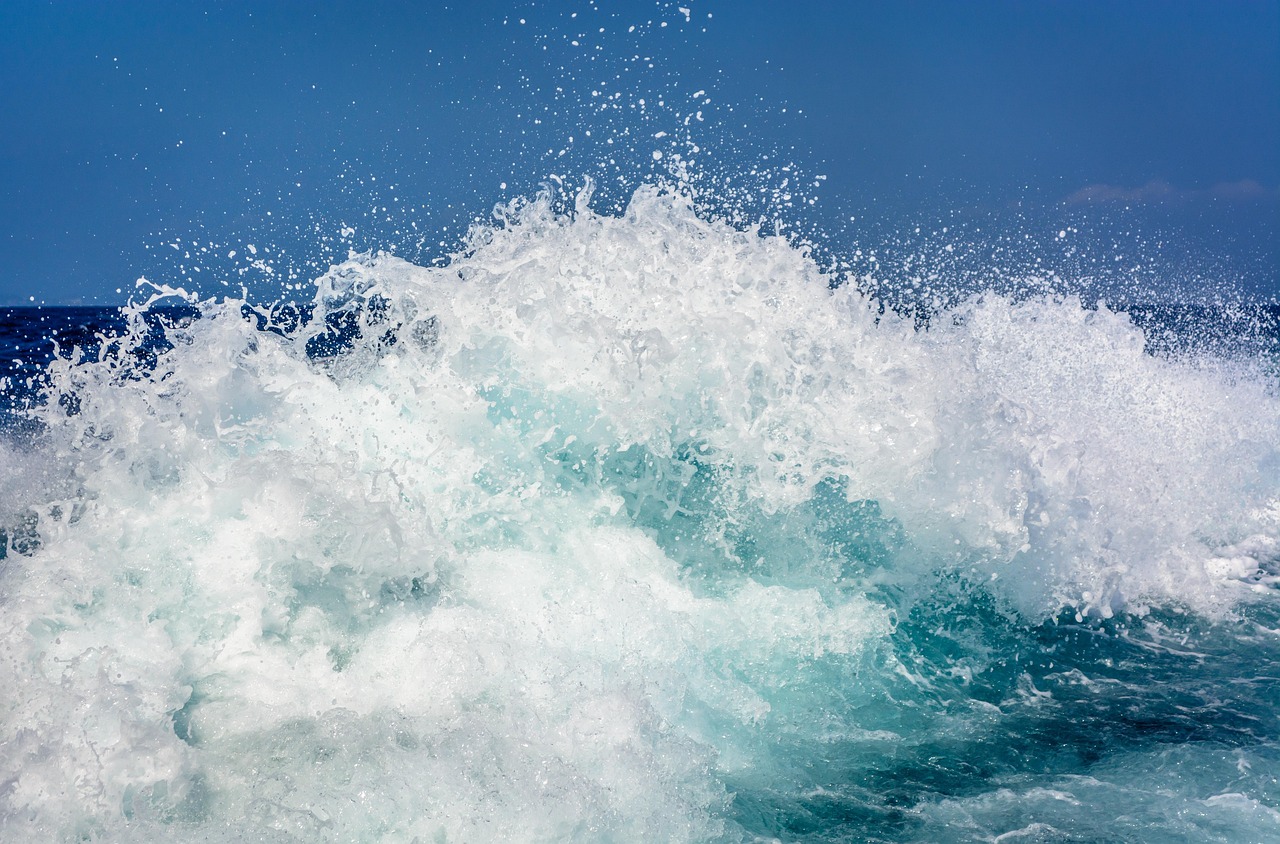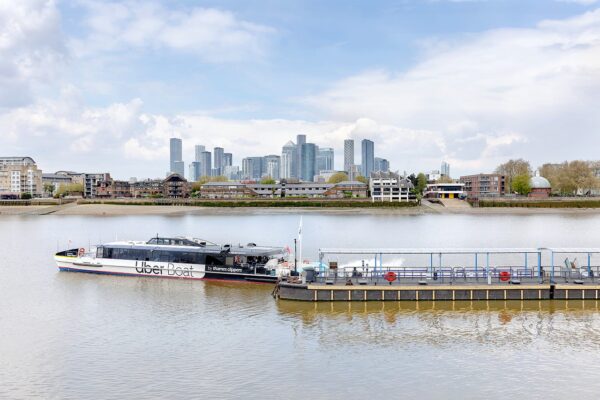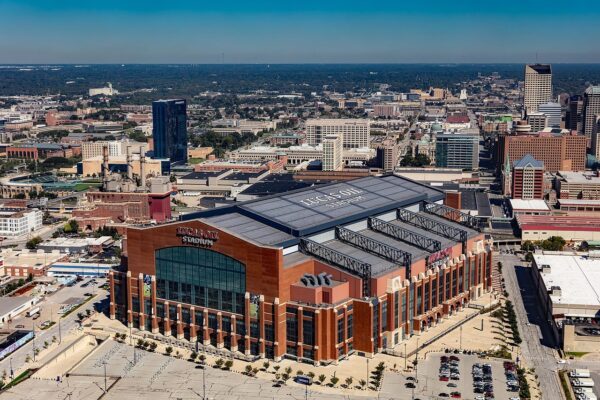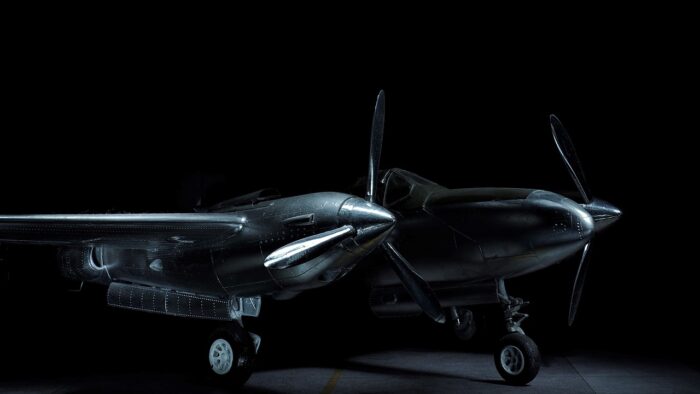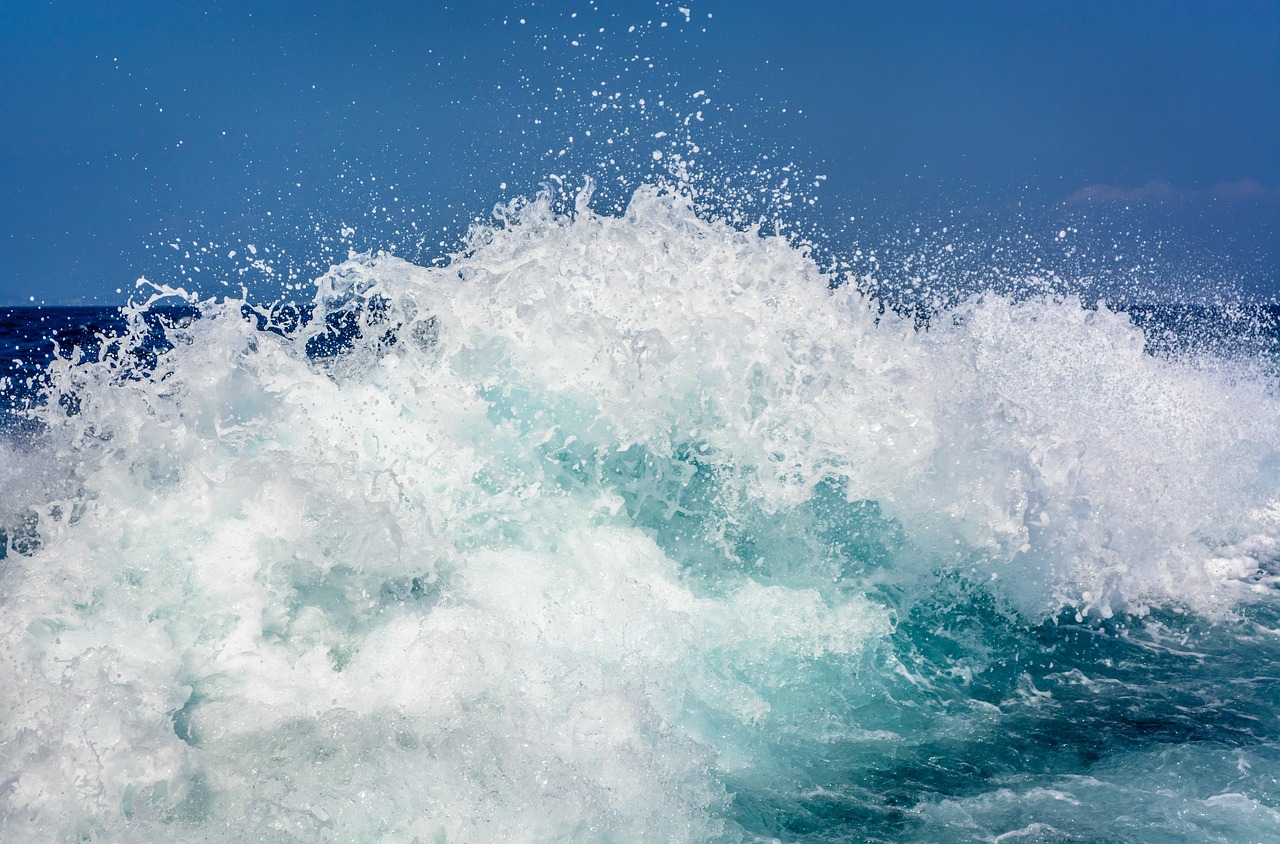
Understanding The Incident Behind Diogo Jota’s Tragic Crash
The key point is that Spanish police believe Liverpool player Diogo Jota was speeding when his Lamborghini crashed, resulting in his and his brother André Silva’s deaths. Official investigation by Spain’s Civil Guard indicates Jota was driving over the 120 km/h (74.5 mph) speed limit on a dual carriageway when a tire burst caused the vehicle to veer off course and catch fire. This update clarifies earlier uncertainty about who was driving, now pointing to Jota as the driver during the early-morning crash.
Timeline Of Events Leading To The Fatal Crash
Jota and Silva were traveling to Santander, northern Spain, intending to take a ferry to England. This was after Jota was advised against flying due to a recent lung procedure. The crash occurred last Thursday on an isolated highway section. Following the accident, both brothers died when the car burst into flames. The funeral and wake took place on Saturday in Gondomar, Portugal, their hometown, with attendance from family, friends, teammates, and dignitaries.

Impact Of The Crash On Liverpool Football Club
The tragedy deeply affected Liverpool FC, who returned to preseason training with visible tributes for Jota. Thousands of fans came to Anfield stadium to pay respects, and floral tributes appeared at the AXA Training Centre. Liverpool’s preseason start date was delayed, and the Premier League champions’ first scheduled summer game against Preston North End on July 13 remains uncertain. Key players such as Virgil van Dijk and Andy ROIertson led the team during Jota’s funeral.

Analysis Of Speeding And Vehicle Failure In Car Crashes
Speeding is a critical factor in many fatal crashes, especially when combined with mechanical failure. In this case, police noted a tire burst as the immediate cause of loss of control. Driving above the speed limit on a 120 km/h (74.5 mph) highway increases risk, as higher speeds reduce reaction time and amplify crash severity. According to Spain’s Civil Guard, tire failures at high speeds often lead to catastrophic accidents, particularly on isolated roads without immediate emergency response.
The Role Of Medical Advice In Athlete Travel Safety
Jota’s recent lung procedure led doctors to advise against flying, prompting travel by car and ferry instead. This underlines how medical advice directly impacts athlete logistics and safety. While alternative travel modes are necessary for health reasons, they can introduce additional risks, especially when combined with high-speed driving. Sports teams and medical staff should consider all travel risks alongside health protocols to protect player welfare.
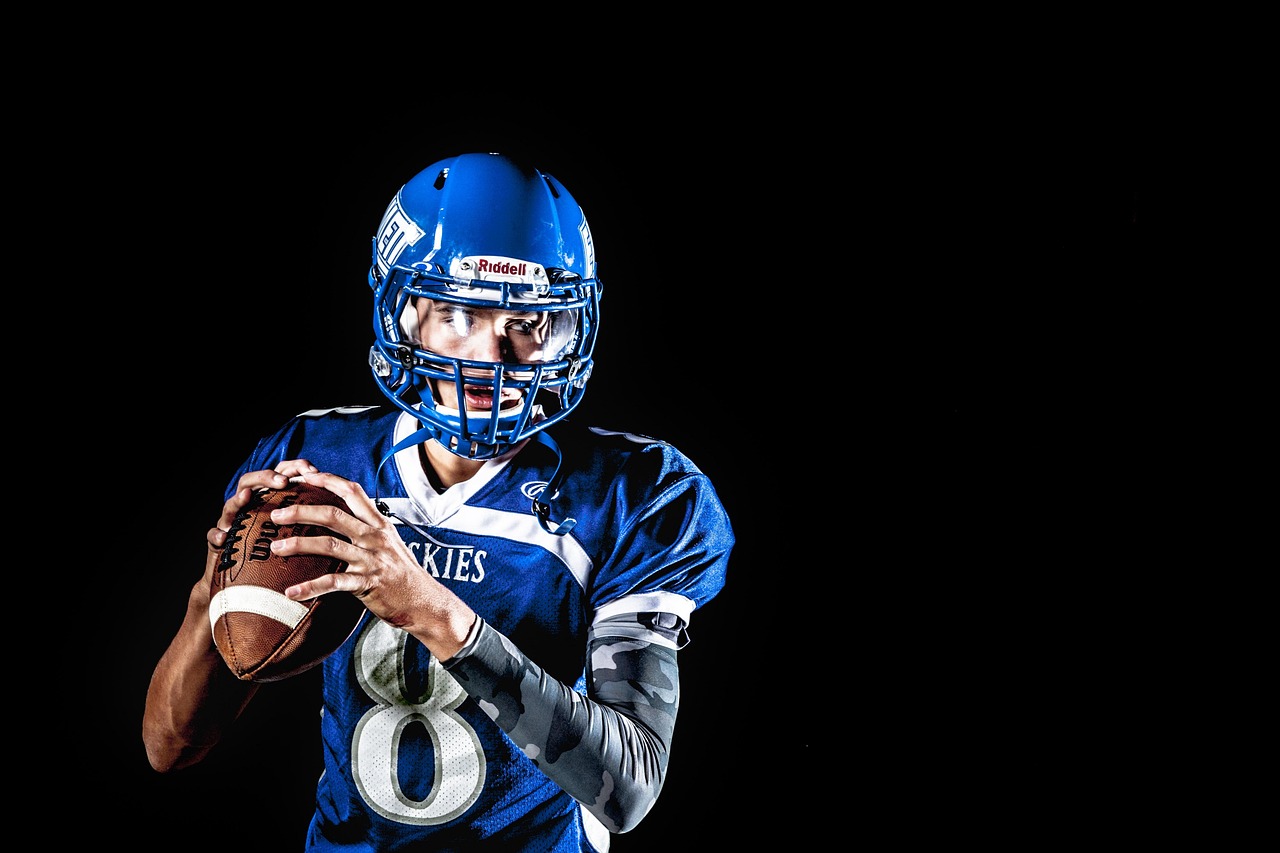
Mourning And Memorials Reflecting Athlete Legacy
The football community’s response illustrates how athlete deaths resonate beyond sports. Thousands of fans visiting Anfield and the presence of former and current teammates at the funeral show Jota’s impact on and off the field. Public tributes and memorials emphasize the importance of honoring player contributions while raising awareness about road safety. Liverpool’s delay of preseason activities also highlights how teams cope with sudden loss during competitive periods.
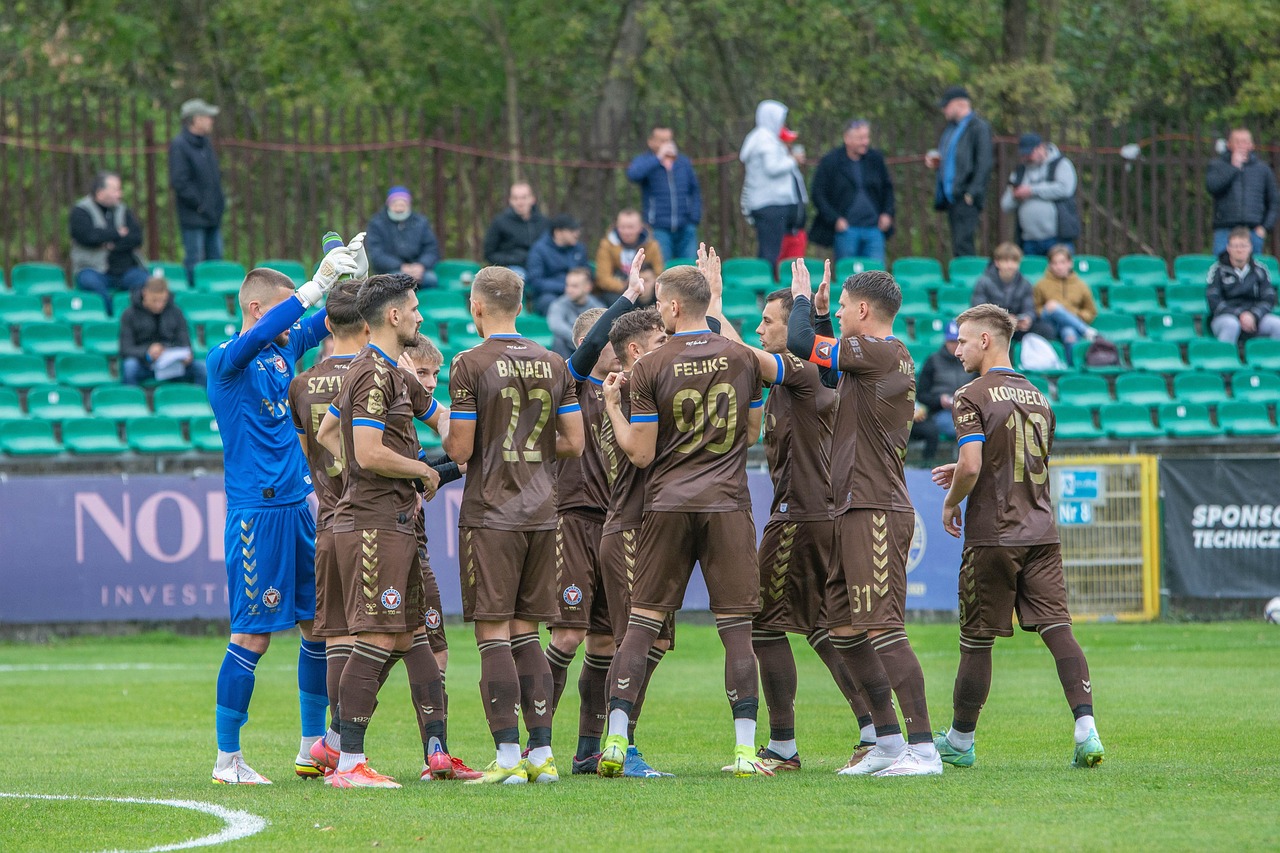
Conclusion On Lessons From Diogo Jota’s Fatal Crash
In summary, speeding combined with mechanical failure caused the tragic deaths of Diogo Jota and his brother. The incident reveals the dangers athletes face off the field, especially when medical conditions alter travel plans. Clubs and players must implement strict travel safety protocols, particularly when health issues are present. This tragedy also reminds sports communities to support grieving members and promote awareness of risks like speeding to prevent future losses.
